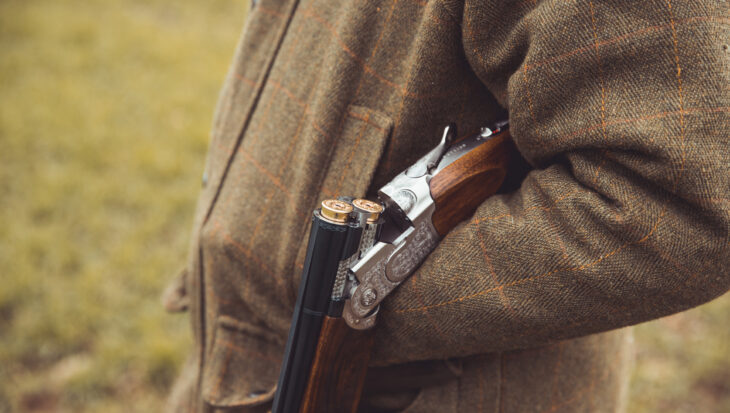Ban on the use of lead shot – finally!
Posted 10 Jul 2025

Posted on the 8th April 2006
The notorious Grand National claimed yet another victim when Tyneandthyneagain perished after a fall at the first fence.
He had not raced for 21 months, from April 2004, as a result of injury. Today’s National was his third race since his return. Tyneandthyneagain is the ninth horse to die during the race since 1997. On the eve of the Grand National, Terivic fell and broke his neck at Becher’s Brook during Friday’s 3:45 pm John Smith’s and Spar Topham Chase. Thirty-two horses have now been killed at the three-day Aintree event in the last 10 years.
Says Animal Aid horse racing consultant, Dene Stansall:
‘Aintree once again lived up to its notorious reputation as a killing field for horses, when Tyneandthyneagain perished during today’s gruelling event. Only nine out of 40 horses were able to complete the punishing race. On the very same course, the day before, there was another tragic victim when Terevic broke his neck at Becher’s Brook – a perversely hazardous obstacle that over the years has claimed many equine victims. There can be no possible justification for staging this race again. A prompt announcement must be made that the 2006 Grand National was the last that will be run.’
Animal Aid research shows that Aintree is the second most lethal racecourse in the country, just behind Cheltenham. Both courses are owned by the Jockey Club, which – until April 3 – was racing’s own regulatory body.
An Animal Aid study of available evidence – including 15,000 pages of race results – shows that around 375 horses are raced to death every year. Some 30% of these fatalities occur during, or immediately after a race, and result from a broken leg, back, neck or pelvis; fatal spinal injuries; exhaustion; heart attack, or burst blood vessels. The other victims perish from training injuries or are killed after being assessed by their owners as no-hopers.
Posted 10 Jul 2025

Temperatures are rising and it’s time to get outdoors, enjoy the weather and tuck into some delicious vegan food! Thanks to an abundance of plant-based options now available, there’s an alfresco option for every tastebud...
Posted 09 Jul 2025
